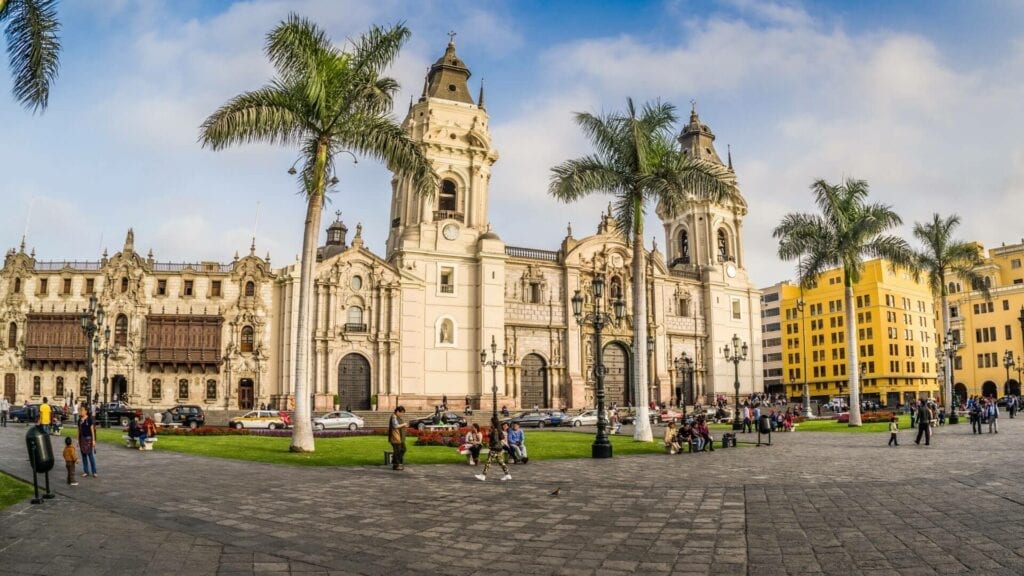Water

Peru has always been vulnerable to both floods and droughts; particularly the natural phenomena El Niño and La Niña have farreaching consequences for Peru. Even in non-extreme weather periods, Peru has to deal with different flood and drought problems, which lead to economic losses for both the country as well as the population. According to research by the Peruvian ANA (National Water Authority), every dollar spent on flood prevention could save on average 13 dollars of reconstruction costs. In this respect, Peru almost doubles the UN average. Due to the low electoral visibility of many preventative measures, however, initiatives often fail to materialize.
At the beginning of 2017, the local phenomenon El Niño Costero hit Peru and caused large-scale floods and mud streams all along the coast and multiple inland departments. The damage is estimated at 10 billion dollars. The Peruvian government has created the Reconstruction with Changes Authority (Autoridad para la reconstrucción con Cambios) to guide the reconstruction projects, as well as to prevent such future disasters. The reconstruction authority has an initial budget of 25,655 billion soles (7,8 billion USD) and has expressed its interest in contracting the Dutch. Considering the Dutch expertise in water management and its long history in successfully dealing with different water issues, Peru offers different business-opportunities in integrated water resource management, flood prevention and sustainable cities. The relationship between the Netherlands and Peru is excellent considering the water sector, thanks to various visits of Dutch Water Ambassador Henk Ovink, who remains in direct contact with the Peruvian president and the reconstruction authority, and because of the membership of both countries of the High-Level Panel on Water.
President Kuczynski has identified water and sanitation as a top priority. The aim is to have the entire Peruvian population connected on the drinking-water distribution network and the sewage in 2021. He indicated to reserve 0.5 to 0.8% of the GDP in the coming years between, which amounts to USD 625 to 780 million. This is part of a larger integrated plan including afforestation, water reservoirs, water treatment and sewage for 4 million households. As stated in the government plan amounting to USD 10 billion budgeted for the period 2016-2025. A total of 1250 sanitation projects have been identified. With regard to the water quality of the River Rimac, the government plans to invest USD 200 million while Peru is also planning public investments at the same amount for water quality of the Lake Titicaca.